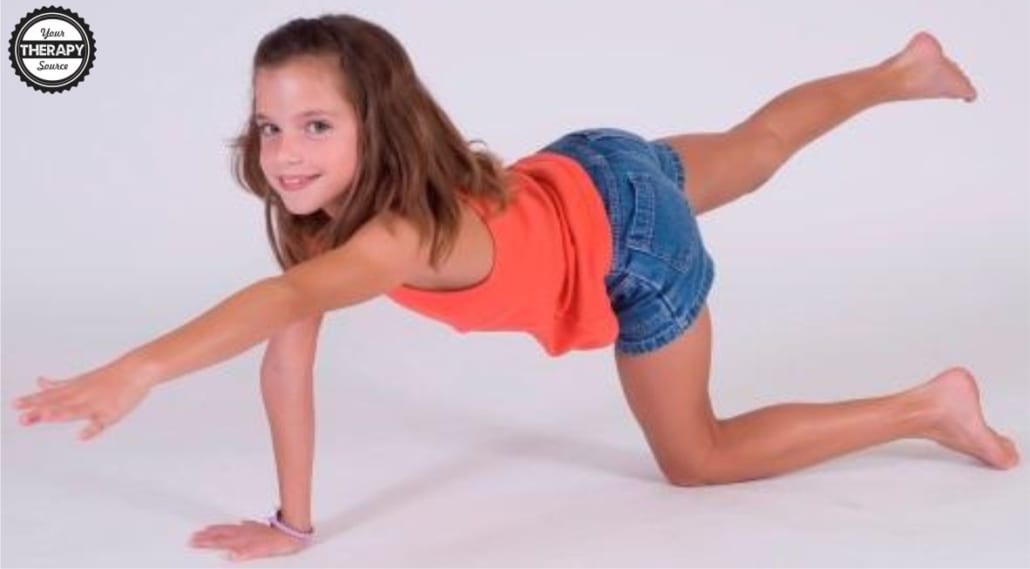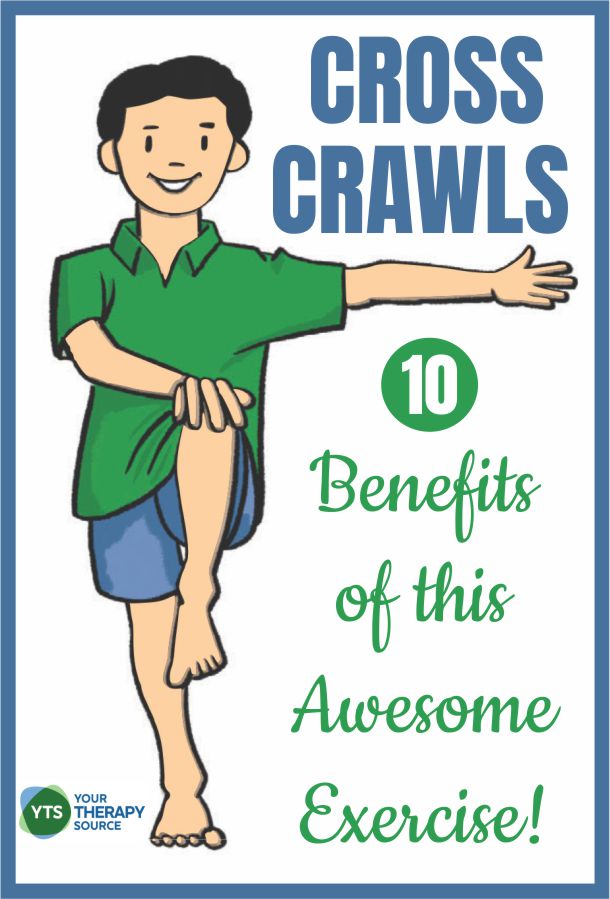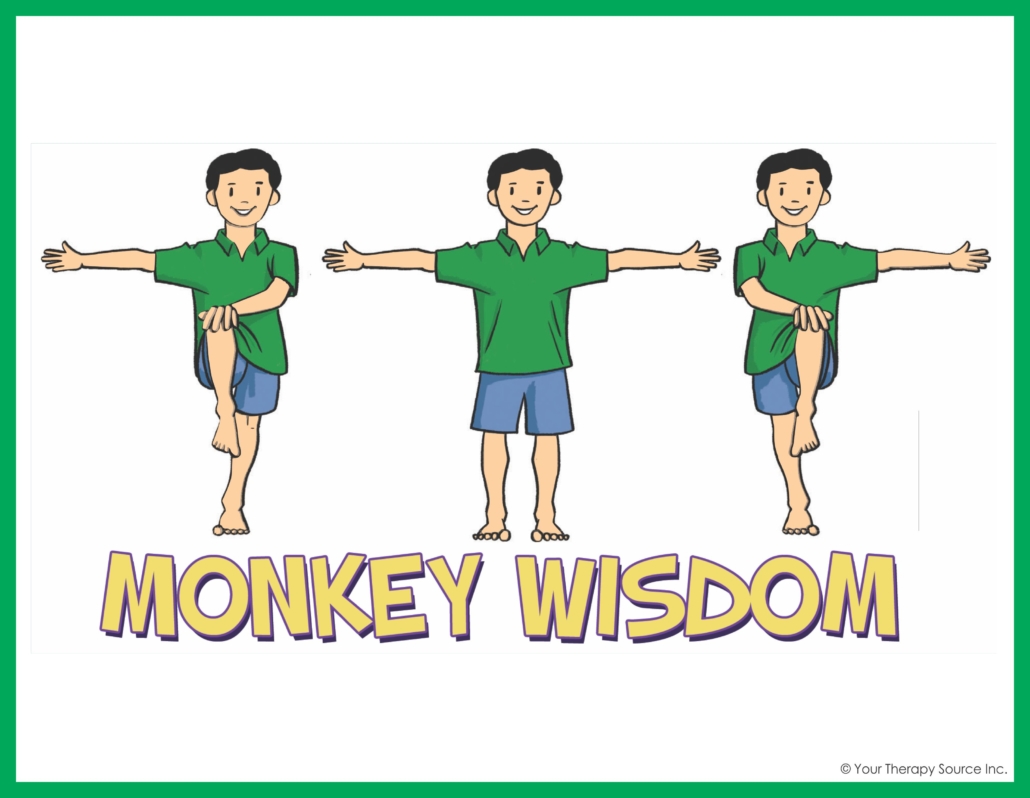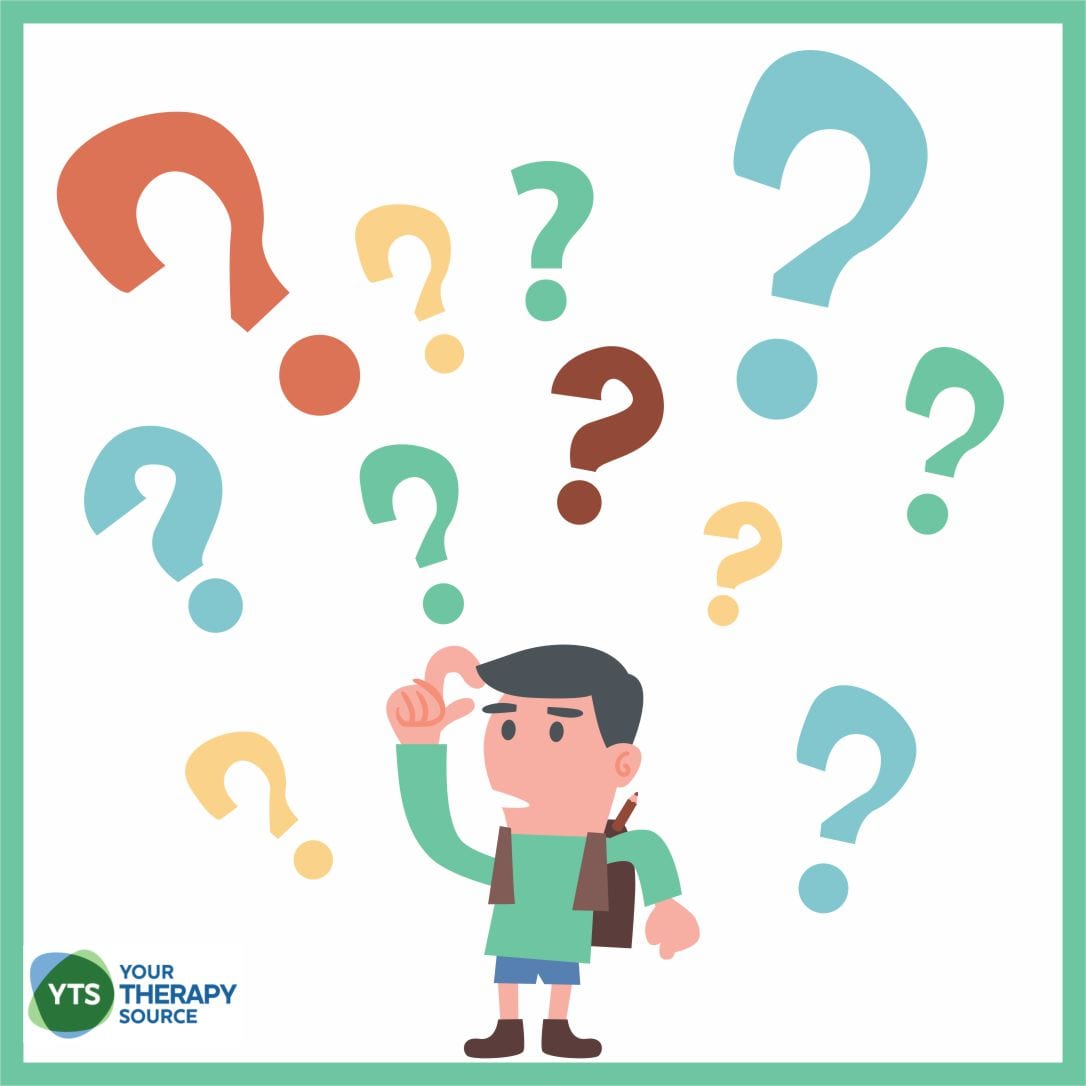Cross Crawl Exercises – What are the benefits?
What is cross crawl?
Cross crawl exercises refer to movements in which we use opposition such as crawling, walking, running, and swimming. Opposition means that opposite sides of the body work together to coordinate the right arm and left leg, then the left arm and right leg.
Therapeutically, cross crawl refers to any intentional cross-lateral activity in which you cross the mid-line of the body, such as touching opposite hand and knee or foot.

Performing this movement builds the bridge between the right and left hemispheres of the brain, allowing for electrical impulses and information to pass freely between the two, which is essential for physical coordination as well as cerebral activities, such as learning language, reading, and hand-to-eye coordination.
What are the benefits of cross crawl exercises?
As soon as we start to crawl, this cross-lateral pattern of movement stimulates more complex brain and nervous system development and integration. In addition to firing neural pathways in the right and left brain hemispheres simultaneously, a cross crawl movement stabilizes the pelvis while mobilizing the shoulders, reinforcing the the skills we need for walking.
In short, any time you do cross crawl, you are re-integrating your brain and nervous system and re-organizing your mind-body connections (1). Because we are daily, hourly, being bombarded and impacted by multiple stimuli and tasks, practicing cross-crawl throughout the day is one of the best self-care activities you can do for yourself. Work on building cross-crawl into your daily schedule.
Think of it as a basic part of wellness, like drinking plenty of water. You will not only feel clearer, but you will also behave and perform better. Try it before homework, testing, or an important meeting, after anything stressful and between different kinds of activities. If you’ve been reading and it’s time to go play soccer – cross crawl. If you’re frustrated with a project – cross-crawl. You need to clear some cobwebs or recharge – cross crawl!
How do these cross crawl exercises help physically and mentally?

Through mind-body science, we now understand that physical coordination precedes cognitive coordination. The ability to do cross-lateral movements with the body literally lays the foundation for other cognitive abilities, such as readiness for fine motor academic work.
Though it seems to be a fun, simple exercise, here’s what cross-crawl is doing for you physically and mentally:
- Stabilizes your walking gait coordination – builds core strength
- Energizes your body and calms your mind – releases tension and stress
- Improves your eye teaming skills – essential for focus, reading, and writing
- Enhances whole-brain thinking – your left and right hemispheres work together
- Develops proprioception – your spatial and kinesthetic awareness
How do these exercises help with social-emotional skills?
Cross crawl exercises also offer an effective way to reboot your nervous system and re-integrate mind and body. You can use it regularly to both discharge and recharge your attention and energy. It’s a great break from over- focusing and it works just as well to bring body and mind online. As a stress buster or a warm-up for doing your best, the exercise has significant social-emotional benefits:
- Increased self-awareness
- Situational insight
- Clarity of thought
- Impulse control
- Improvements in general physical coordination to help with social skills during recess, gym class, and free play.
How Do You Do the Standing Cross Crawl Exercise?
The Cross Crawl exercise is part of the Adventure Skills and is called Monkey Wisdom.

Stand with your feet apart and your arms open parallel to the ground. Shift your weight to your right foot, lift your left knee and touch it with your right hand. Step back to both feet and immediately shift weight to on your left foot as you lift your right knee and touch it with your left hand. Repeat this several times in a comfortable, upbeat, rhythmic way. Breathe fully and enjoy.
When Do You Do This Exercise?
Any age! Most adults can do cross crawl. However, like anything, the more you practice, the easier and more fluid and embodied the coordination pattern becomes. The age when children can intentionally cross crawl varies because they develop at different speeds. Some can easily balance and cross the mid-line of the body by the age of 4 and some find it challenging up to age of 6 or 7. It is age – appropriate for children ages 5 and under to automatically bring their hand to the same knee, demonstrating a same-sided crawl (homo-lateral crawl).
Read more
WHAT IS WORKING MEMORY AND HEMISPHERIC INTEGRATION?
BILATERAL COORDINATION AND ACADEMIC PERFORMANCE IN CHILDREN
CROSS CRAWL BILATERAL COORDINATION EXERCISE WITH VIDEO MODELING
Sources:
(1) Neurological disorganisation





